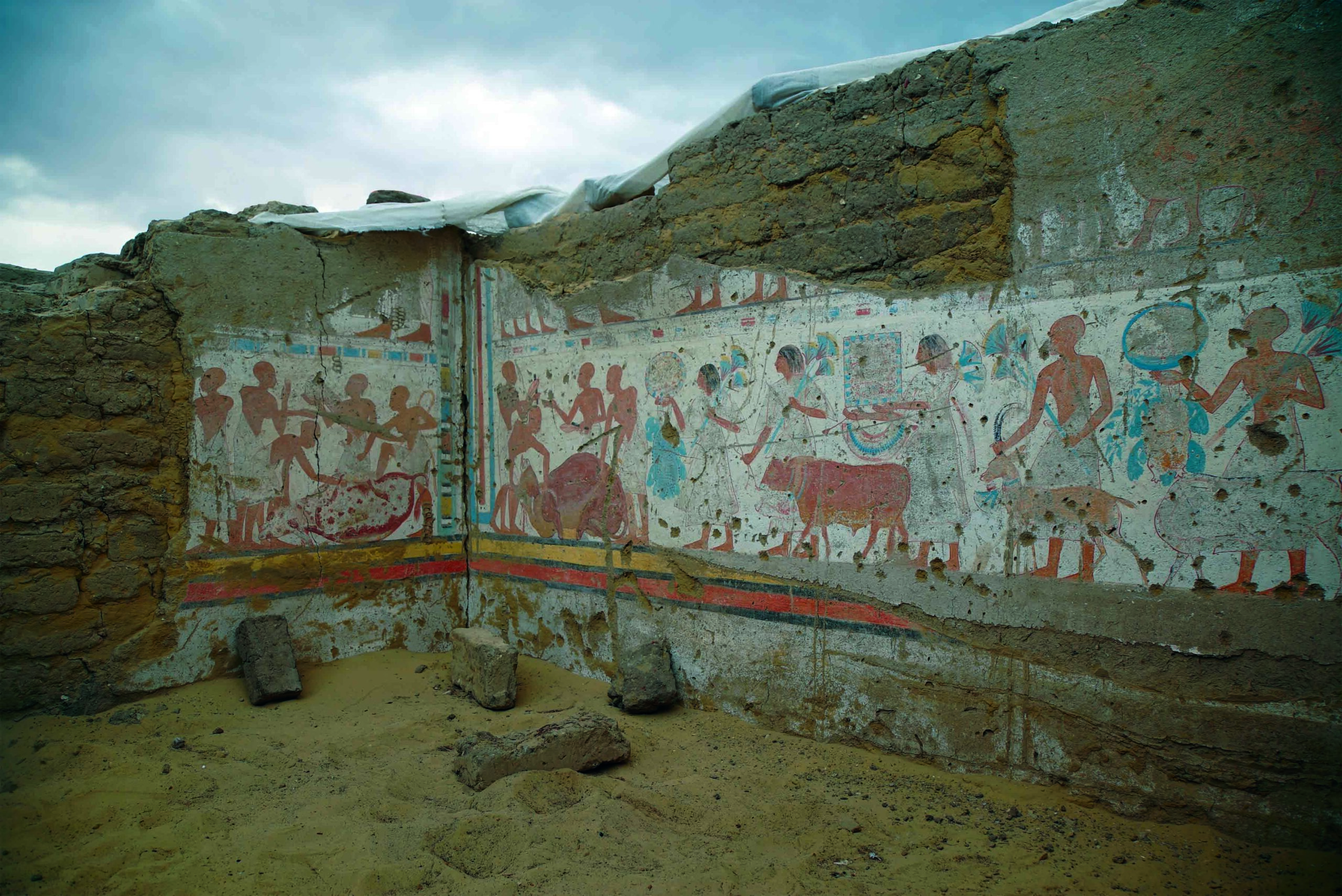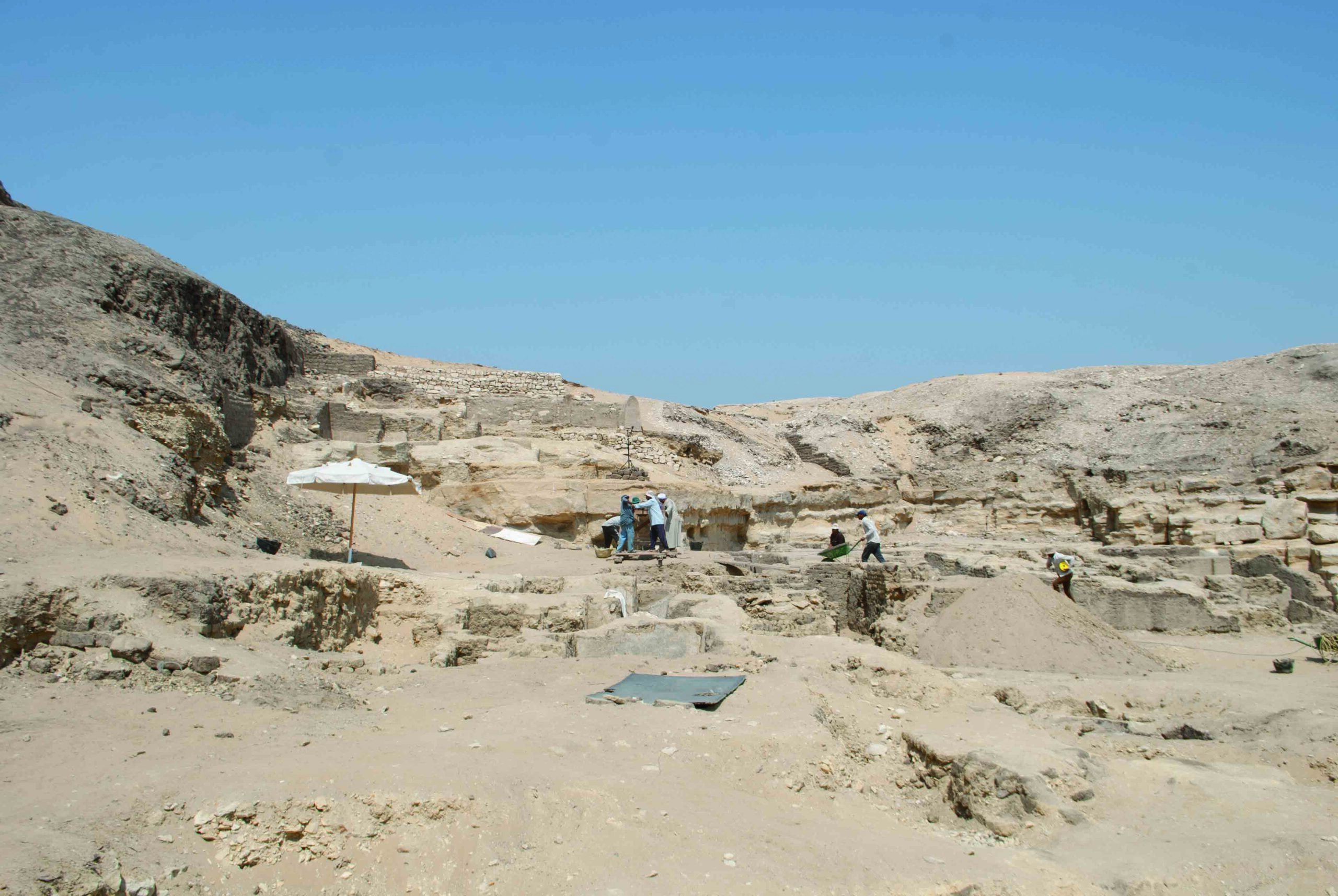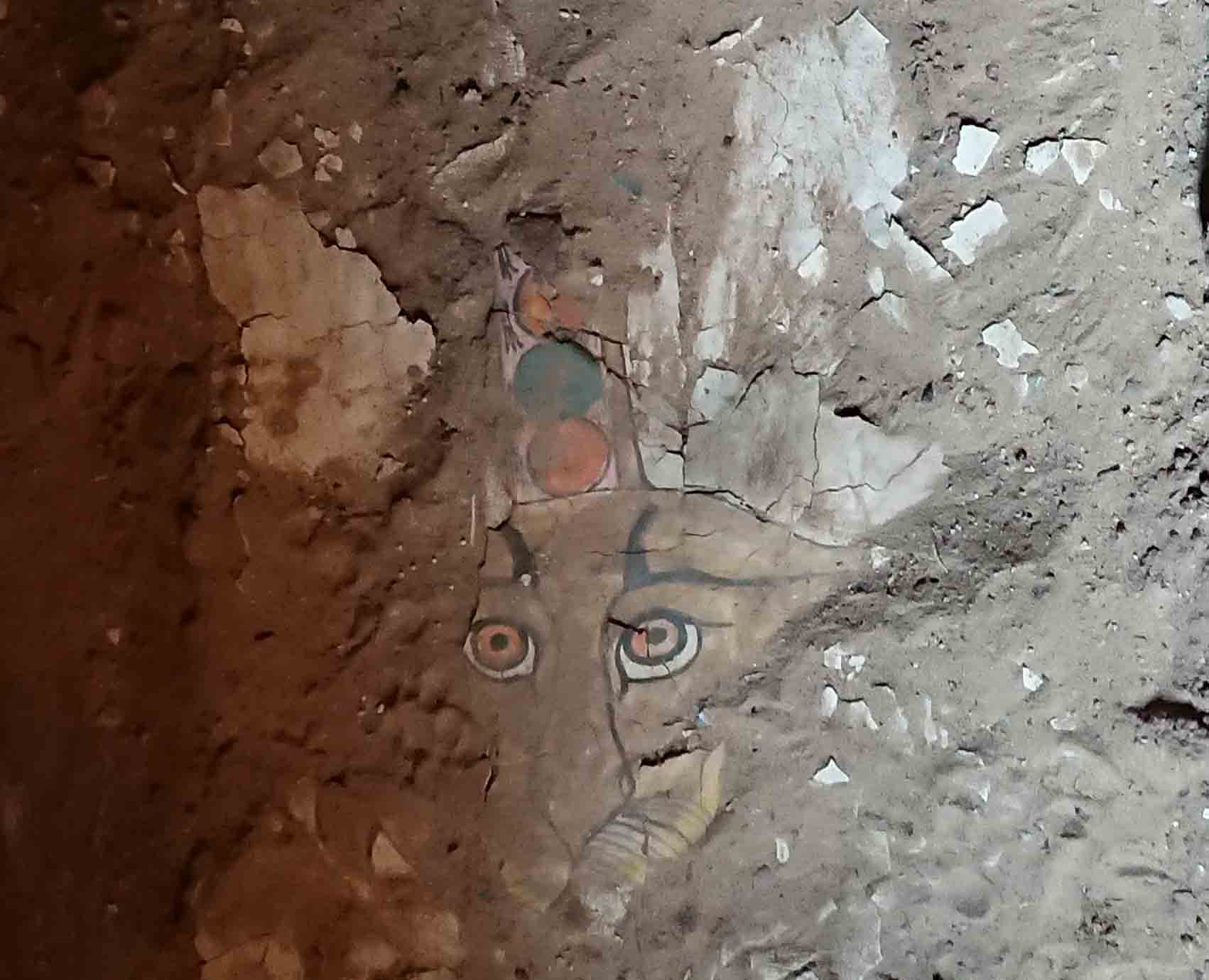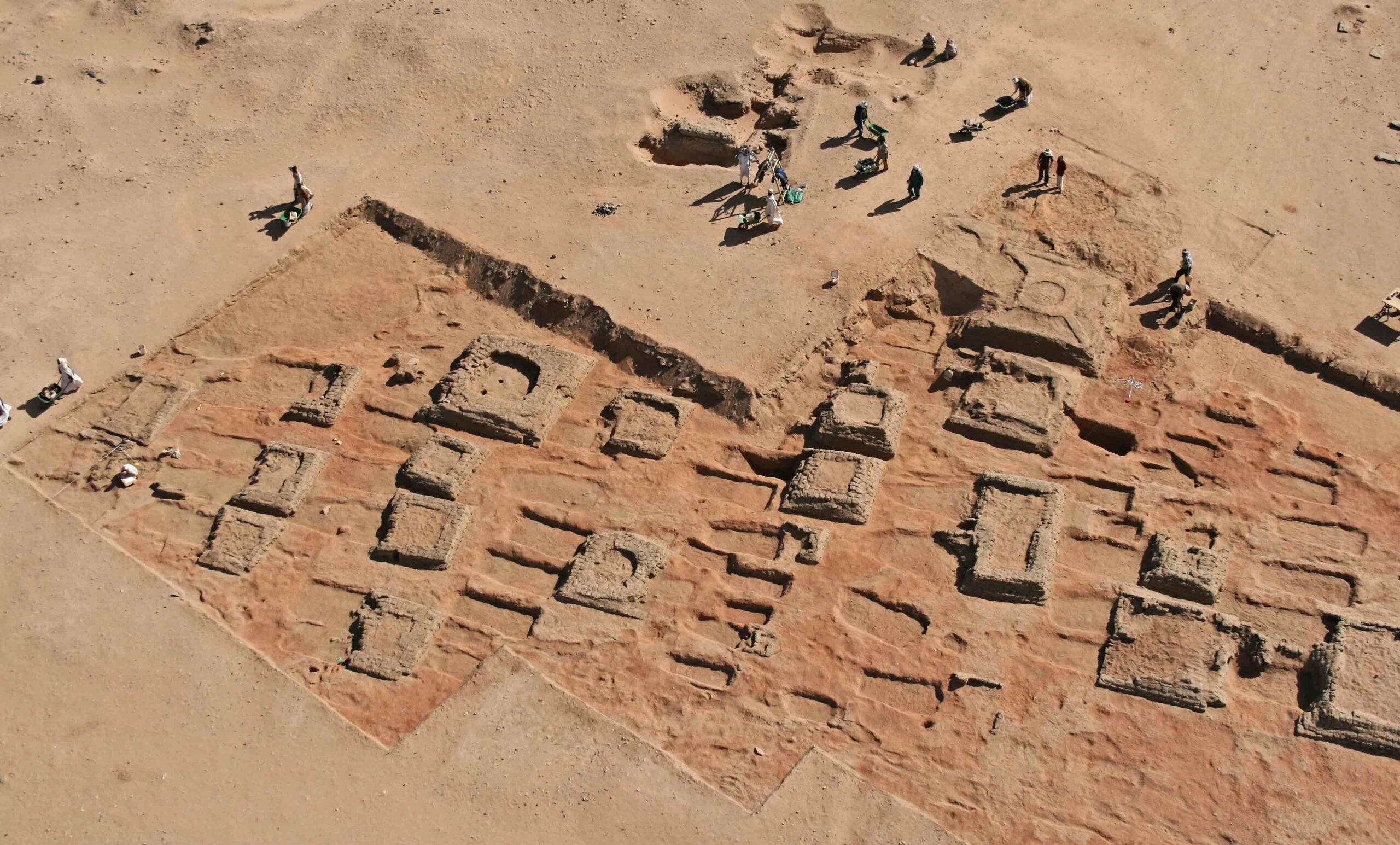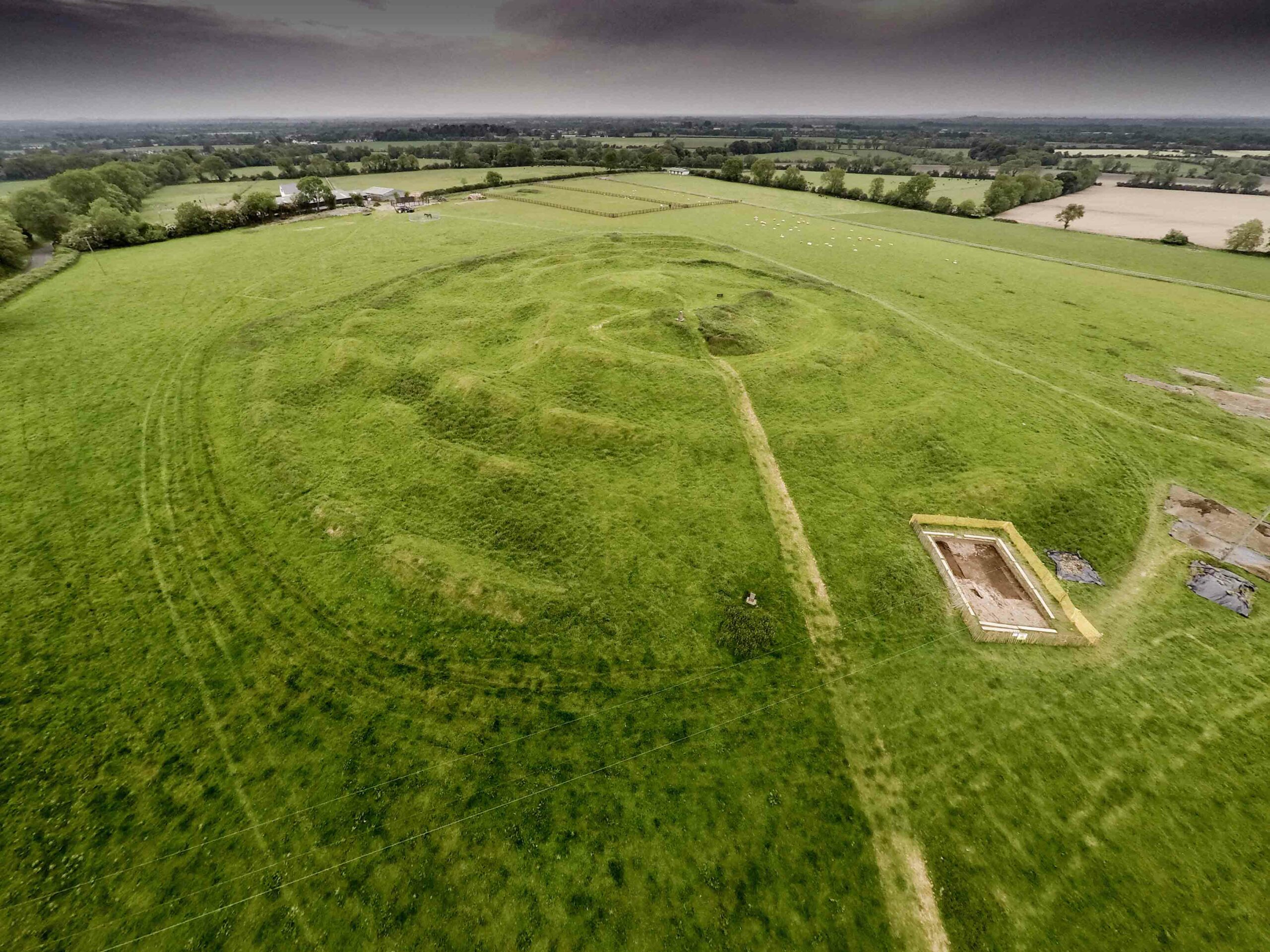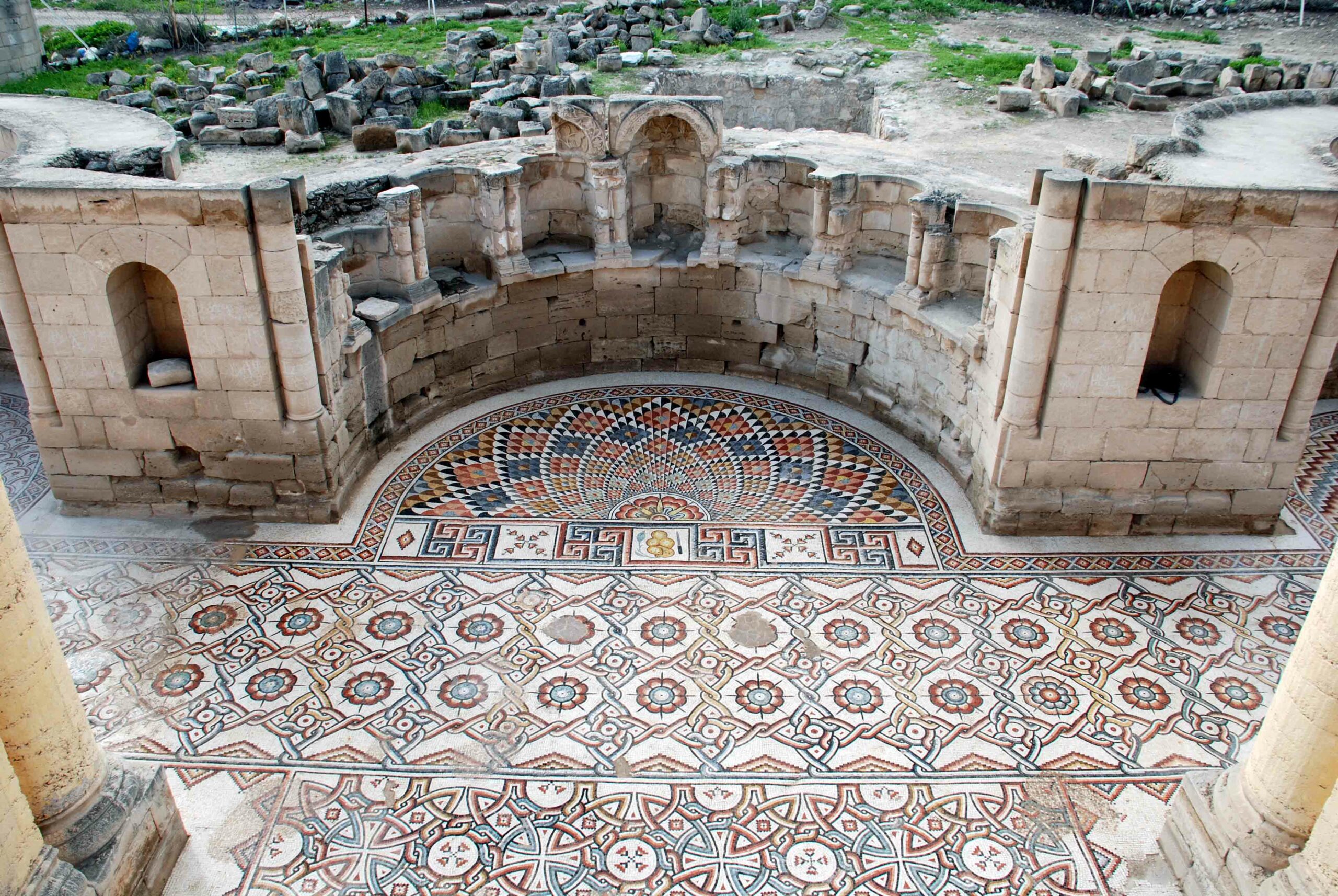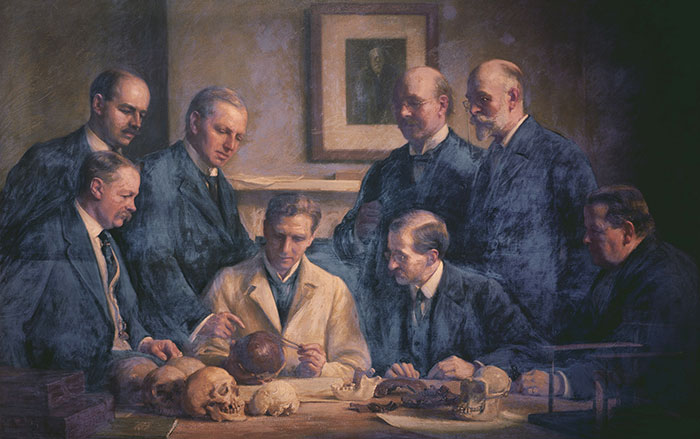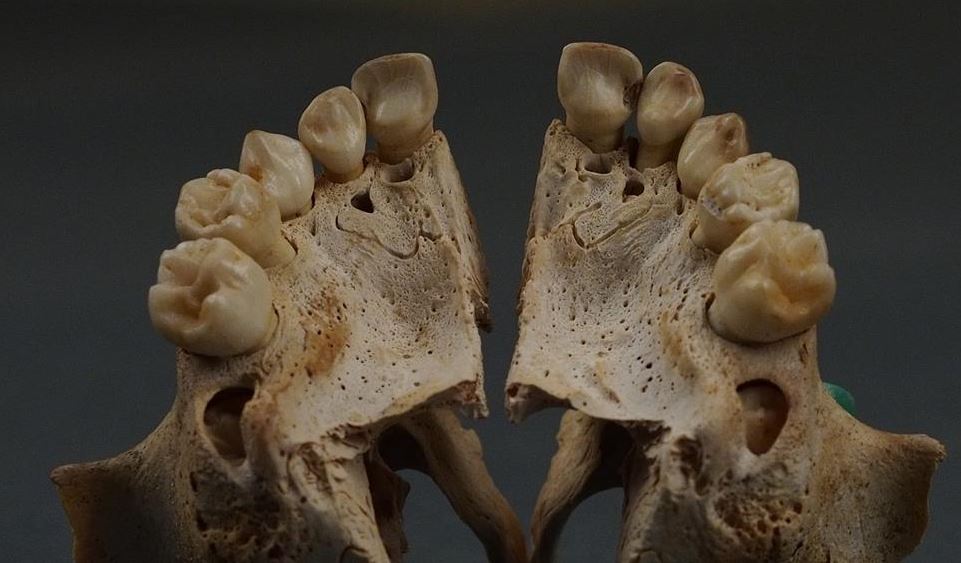
WARSAW, POLAND—Science & Scholarship in Poland reports that a team of scientists from the Polish Center of Mediterranean Archaeology at the University of Warsaw examined the bones of 29 children whose remains were recovered from shallow graves in the sand at the Saqqara necropolis. Most of them were three to five years of age, and had probably been weaned from breast milk. “Some of the children buried at Saqqara could have died from diseases and infections, to which they were more susceptible because of lower resistance after changing diet,” said bioarchaeologist Iwona Kozieradzka-Ogunmakin of the University of Manchester. Analysis of the bones revealed the children suffered from deficiencies of iron and B vitamins; parasitic diseases, including malaria; tooth decay, due to a diet rich in carbohydrates; inhibited growth from a diet low in nutrients; and sinusitis, brought on by dust and desert sand. But most of the children’s remains did not show any signs of disease. Kozieradzka-Ogunmakin explained that it takes time to develop lesions on bones. “It could mean that due to a weak immune system [the child] succumbed to disease very quickly,” she said. For more on archaeology in Egypt, go to “A Pharaoh’s Last Fleet.”


